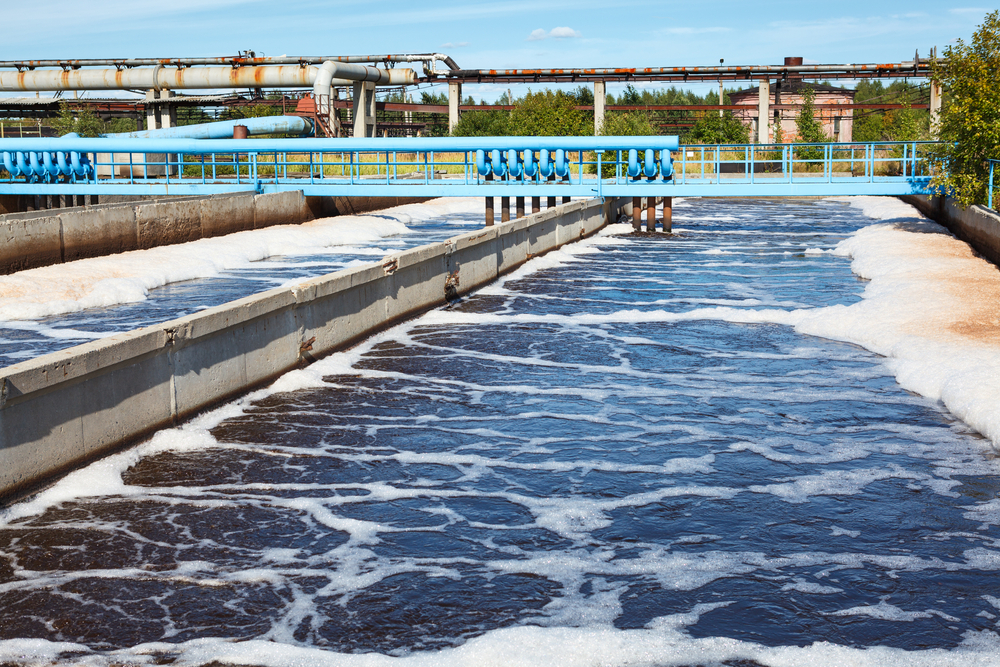Water treatment is the process of removing water from both domestic and industrial uses to make it safe for reintroduction into the ecosystem. It is then transported via your drainpipes to the water treatment plant operator where it undergoes several processes before being recycled or disposed off. It can also contain storm water runoff in a combined sewer system.
The wastewater treatment process is divided into three stages, which are appropriately named primary, secondary, and tertiary. Some applications require more advanced treatment, called quaternary. This stage is for contamination levels between part per million and part per billion. It often involves fine filtration or oxidation. Each stage deals with different pollutants. Water becomes cleaner as it passes through each phase.
Companies that have run-off or contaminated effluent can use the Wastewater Treatment Systems to treat and reuse it. These systems are compact enough to be placed in tight spaces and can also be easily transported. These systems can be very large to treat greywater daily.
The following are the basic steps for wastewater treatment:
- Pre-treatment to remove large pieces of debris, such as branches.
- Large pieces can also be removed by screening. These are much smaller than the pre-treatment debris, which includes plastic bags, cans, rags, and sticks. You can also do this manually, but it is most commonly done using a raking tool.
- Grit removal includes the removal of small stones, sand and broken glass. This is usually done in large systems because it’s possible to remove grit during screening.
- Skimmers are used to remove fat and grease from larger systems. This process is used in most plants that have mechanical surface skimmers to remove grease.
- To ensure that the separation process doesn’t get affected by the solids at the bottom of clarifiers, they must be pumped out frequently. After any water has been removed, the sludge can be disposed of and is often used as fertilizer.
- Primary water treatment is used for sedimentation to settle sludge. The scrapers drive the sludge to a container for further treatment.
- Secondary treatment involves the removal of biological material from sewage. This includes sewage from human and animal wastes, soaps and detergents. There are many types of secondary treatment systems.
The wastewater can be discharged into fragile ecosystems such as coral reefs or low-flow rivers. A tertiary treatment is necessary to disinfect the water either chemically or physically. It can be used to recharge groundwater and irrigate crops if it has been properly purified.
Conclusion
Choice Water Solutions is a company with over 25 years experience in designing and manufacturing wastewater treatment system. We are happy to answer any questions you may have. We will help you to determine the best solution for your wastewater treatment system and the most realistic cost.




